Here’s a topic I hear magicians debate all of the time. A lot of magicians think that audiences want to see magic effects only. They argue that gambling routines “put audiences to sleep.” Well, I agree with that based on some of the gambling routines I’ve seen. However, I’ll explain how I approach a gambling effect so that they play like magic tricks.
First, let’s take a look at a basic magic trick. Let’s say the performer makes a spectator’s initials jump from one card to another. This effect falls into the magic effect category and will receive a tremendous reaction from a lay audience. The way I present this effect is to tell them what I will do first, and then when they are watching closest I do the magic. This gives them that awesome “no way” moment we as magicians love so much. Your spectators will say, “No way! I was watching you the whole time and I saw nothing happen!” Back to my point, magicians say that this is what audiences want, not boring gambling demos.
As you continue to perform magic effects, the audience starts to wonder if you take advantage of your skill set. They’ll often say, “Have you ever cheated in a card game?” Or, “Do they let you in casinos in Vegas?” This proves they are already interested in cheating at cards. And remember, they are mystified by your magic already. If then you say, “Let me show you how I cheat in a card game,” of course they’ll be eager to see what you’re about to show them. In their minds, you’re about to tip the method behind your magic.
Now let’s take a look at how I do a gambling routine. I take the same approach as I do with magic. I explain first what I’m about to do. I make this task seem impossible. I get the audience thinking, “Okay, I understand what you’re trying to achieve but there’s no way you could pull that off without anyone noticing.” (Notice I get the audience thinking the same thing for both a magic effect and a gambling effect.) Let’s take a look at a specific gambling effect of mine called, The Big Stack. (Now available for digital download!)
In this gambling routine, I say that I’m going to stack the four Queens in just two shuffles. Lay audiences know that shuffling the cards mixes the deck. They’re thinking, “How can you possibly deal yourself the Queens by shuffling the cards? That’s not possible.” Then, I shuffle the cards. I invite them to watch closely. The audience can see that the shuffles are thorough. They’ll refuse to believe that I just stacked the deck. When I start showing Queens as I deal, I start getting the same “no way” moment as I do during magic effects. They were watching as close as possible and you still did the impossible.
Also, The Big Stack has what’s called a progressive climax. They’re amazed that I was able to deal myself the Queens while they were watching so closely. They can’t figure out how you were able to accomplish so much in just two shuffles. Then you show you’ve dealt your opponent the four Kings. And then, your four Queens change into the four Aces! Your audience will react the same as they do when they see a powerful magic effect. Simply put, they’re shocked. This isn’t my theory. This is what I see when I perform. Even though I’m demonstrating cheating at cards I can still try to achieve powerful climaxes just like in magic.
This is where some gambling effects go wrong. If you simply explain the move, you’re turning your gambling demo into a workshop or a lesson. Showing the mechanics of a sleight is not magical. If I had broken down the shuffle and taught them exactly how the cards get stacked, there’s no entertainment value. Remember, as magicians our job is to entertain. For your audience, it’s like sitting through an advanced calculus class. You’re not showing the impossible. As a matter of fact, you’re showing that these things are possible. I feel that most magicians ignore gambling routines because they automatically assume that they are boring demonstrations. I’m not saying all gambling effects are worth performing. I’m saying you should learn how to spot the difference. Ask yourself, are you teaching the move, or are you demonstrating what seems to be impossible?
I enjoy performing magic and gambling routines for my audiences. Based on the reactions I get, my audiences love seeing what abilities I have. Whether I’m stacking the deck or making a spectator’s initials jump to another card, your audience walks away thinking the same thing about both effects—that’s impossible. And doing the impossible is what magic is all about.


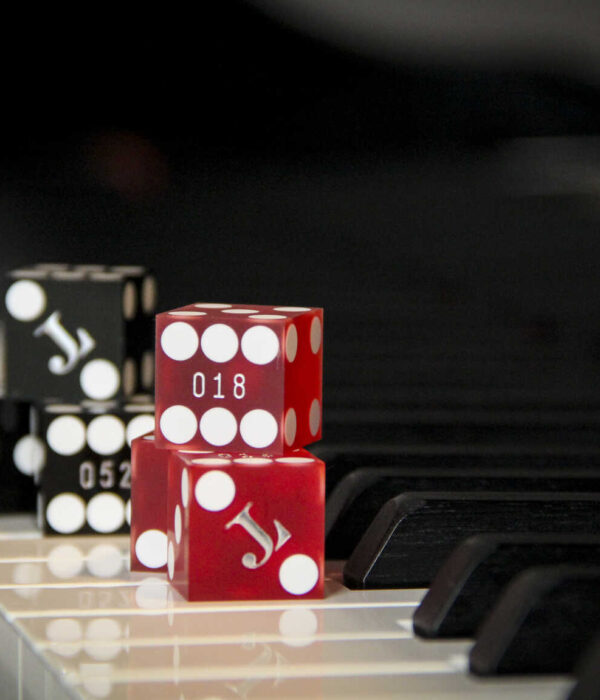
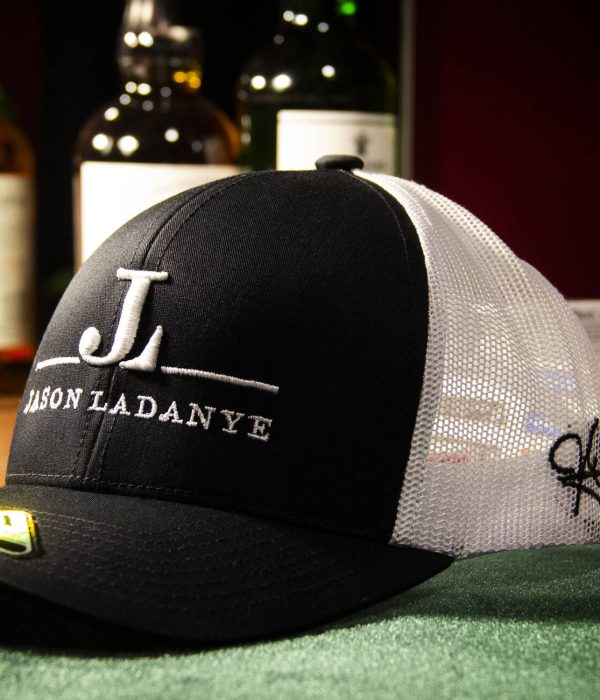
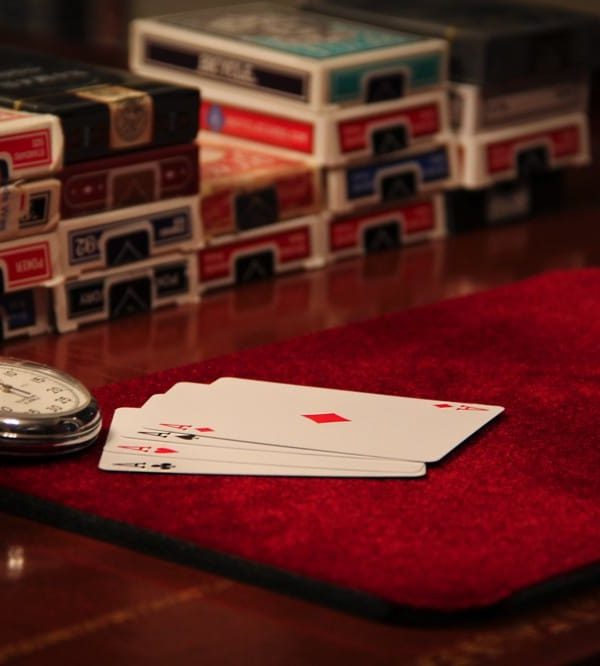
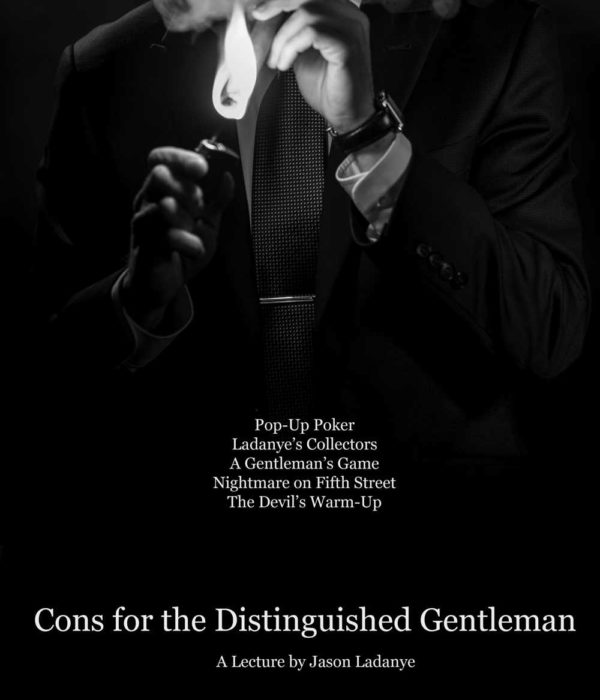
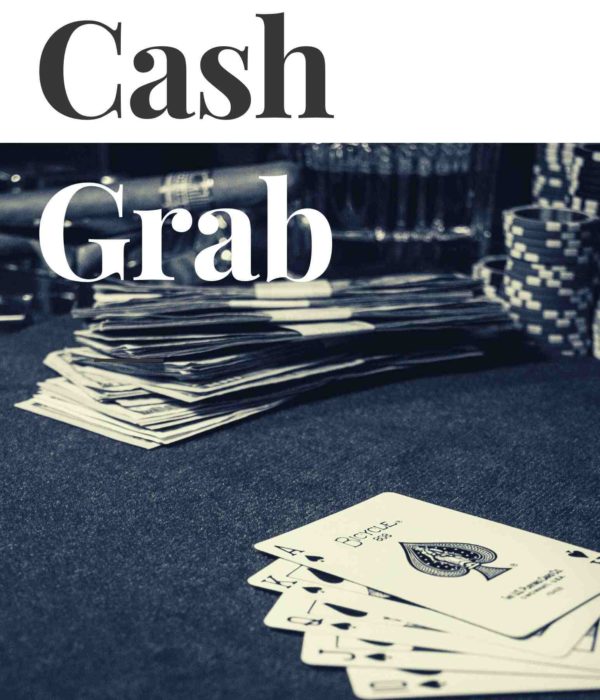
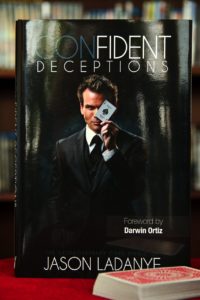
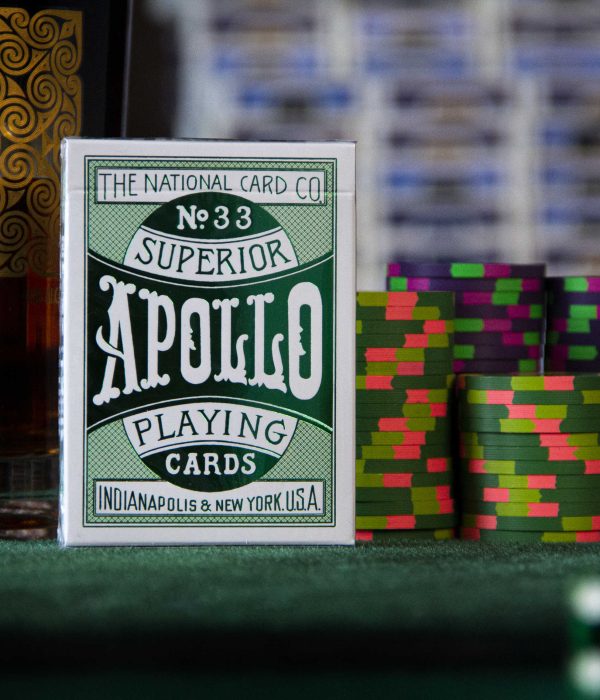
Comments are closed.
Thanks for this information.
Now I have one question. If a gambling routine plays like a magic effect then it follows that a good gambling effect should pocess the qualities of good magic effect. And one important quality, I believe, is that it’s simple. What I mean is that everyone should be able to grasp and understand what is happening. So how can one achieve this simplicity in a gambling effect ?
One routine that comes to my mind is Vernon poker demonstration. How can one make such a routine effective for someone who hasn’t played poker?